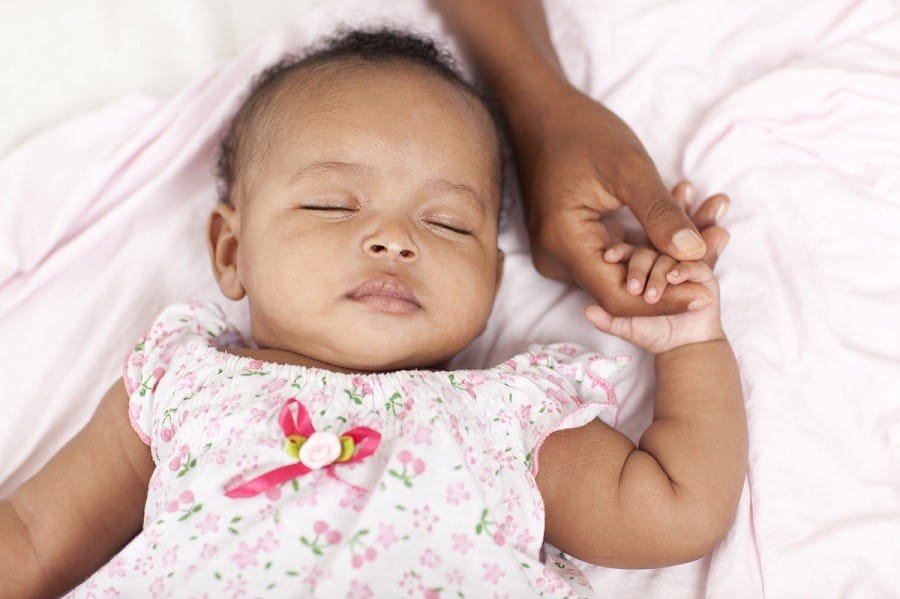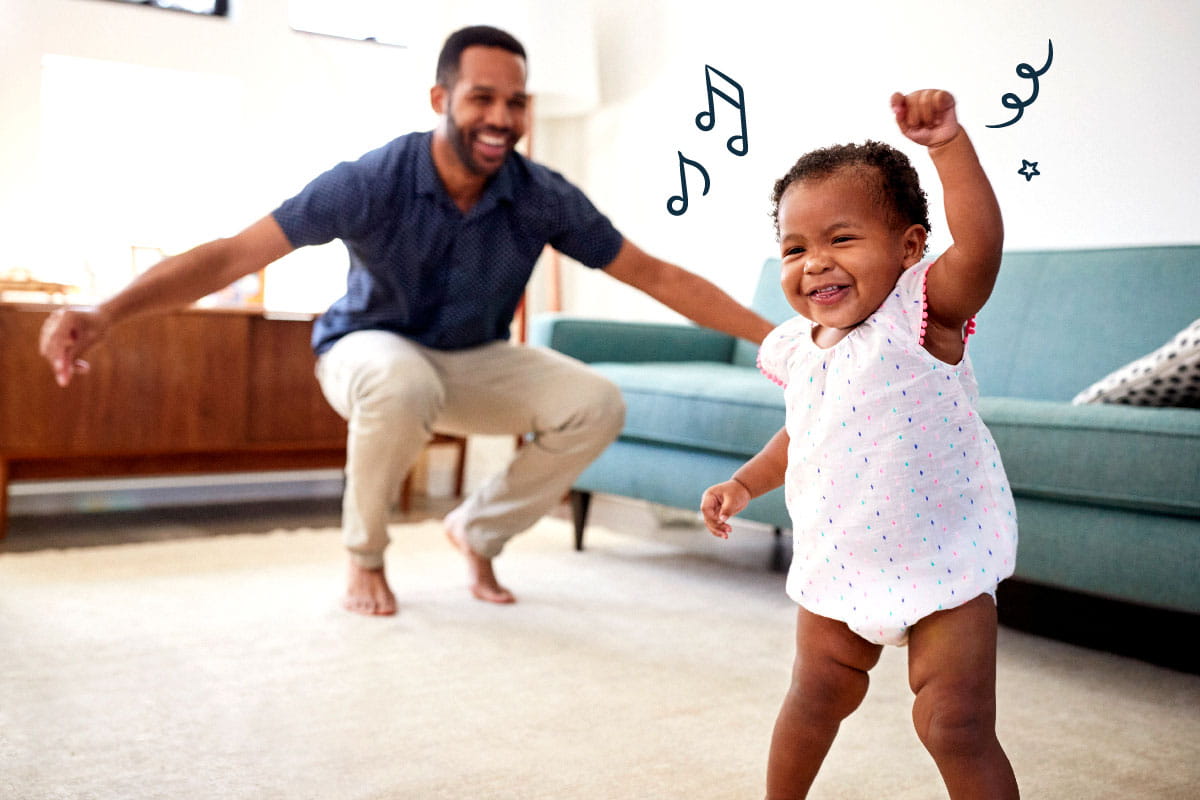Go, Baby, Go! 6 Ways to Help Your Little One Move Safely from First Steps to Big Strides

You know that every child is different, but it can be hard to watch a younger baby start to toddle when your child is still crawling well past her first birthday. First of all: Don’t worry. A child’s first steps can happen anytime between 9 and 16 months of age, and that’s perfectly normal! But there are things you can do at home to encourage your baby’s budding mobility, no matter when he or she starts moving.
Everyone Belongs In Our Circle
At KinderCare, we’re committed to building warm, welcoming and supportive classrooms for children of all abilities, backgrounds and experiences.
Find a center near you- Build a Solid Foundation.
- Supports his/her body in a standing position while holding onto a stationary object
- “Cruises,” using furniture and walls as support to navigate around a room
- Walks with help from an adult
- Pulls up to a standing position independently
- Stands independently for a second or more
- Raise a Free-Range Baby.
- Lose the Wheels.
- Let Her Find Her Own Stride.
- Get Your Baby Safely Grounded.
- Let Him Bare His Little Soles.
Give your child plenty of opportunities to move freely by limiting time spent in bouncers and similar equipment that holds baby upright. Start at birth with short periods of closely supervised tummy time. Increase playtime on the floor as he or she grows older, putting interesting toys or objects just out of reach to encourage attempts at mobility.
The American Academy of Pediatrics has encouraged a ban on all baby walkers with wheels. Not only does a baby walker pose serious safety concerns (such as toppling down stairs), walkers are not proven to actually help babies learn to walk. In fact, children who spend time in walkers tend to walk later than those who have been given the freedom to practice standing and stepping in a more natural way. Instead of a walker, opt for a sturdy push toy your child can hold for support while taking those first steps.
No child’s first steps are perfect, so try not to fret about an out-turned foot or an extra-wide stance during early walking attempts. You may also notice your child standing on tiptoes before she begins to use her whole foot, especially when you help her into a standing position (before she can pull up on her own). That, too, is normal.
A Lifetime Of Confidence Starts Here
Our teachers help every child build the confidence they need to try new things and explore the world around them.
Search for a center near youOnce your child begins to pull himself up, he may feel a little anxious about getting back down! You can ease his fears by helping your baby learn how to comfortably return to a sitting position from standing. Once he starts pulling up on his own, make a game of helping him plop back on his bottom while on a soft surface, such as a mattress or couch.
For indoor play, barefoot is best: Socks and shoes interfere with your baby’s ability to grip the floor and find his natural balance. When venturing outdoors, make sure his feet are protected by a flexible, comfortable shoe with good treads. Consult with a professional in children’s footwear to make sure those first shoes are a perfect fit.




